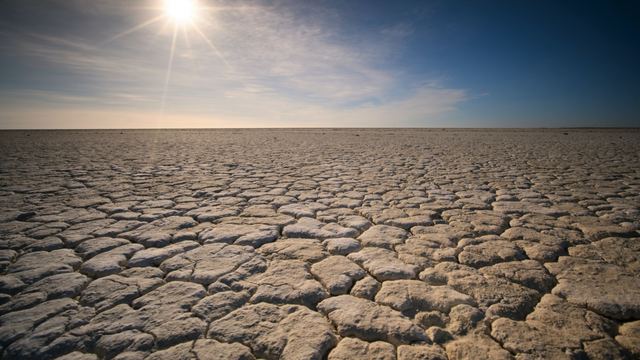
Dr Sonia I. Seneviratne
Professor for Land-Climate Dynamics, ETH Zurich, and IPCC Working Group I Vice-chair
This summer has been like no other. It was the warmest on record, with the month of August being the first to reach an anomaly of 1.5°C above the pre-industrial average for 1850-1900. Forest fires in Canada induced an unprecedented loss of forests, leading to CO2 emissions about triple of the country’s annual carbon footprint. Heatwaves affected North America, Europe, and Asia, and torrential rain fell in several countries across the Mediterranean in September. All these extreme conditions were made more probable due to human-induced climate change and will become increasingly frequent and intense with additional emissions of CO2 in the atmosphere, as summarized in the latest assessment of the Intergovernmental Panel on Climate Change (IPCC).
What can we do as a climate research community in the face of the mounting extremes resulting from our footprint on the climate system?
First, it is essential to monitor these changes to properly inform the public and policymakers on the current state of the climate system. In addition to short-term evaluations provided for single events by the World Weather Attribution (WWA) initiative and the in-depth and comprehensive assessments provided every 7-8 years by IPCC based on an extensive review of the literature, it would be valuable to provide yearly and comprehensive reports on reported climate extremes and their possible attribution to human-induced climate change. Such assessments are planned within a new World Climate Research Programme (WCRP) initiative, the “Global Extreme Platform” (GEP), which is part of the Regional Information for Society (RIfS) core project.
Second, the relevance of climate extremes for adaptation and mitigation pathways needs to be assessed in more depth in the climate research community and in the resulting IPCC assessments under the new IPCC 7th assessment cycle. In particular, the emissions pathways underlying the climate projections assessed in the IPCC reports and computed as part of the WCRP CMIP experiments, do overall not consider possible effects of climate extremes for society. This is of strong concern for the realism of such emissions scenarios, both for ambitious pathways relying for instance on large-scale afforestation (but which could be threatened by enhanced fire weather occurrence), as well as for high-emissions pathways assuming that the world economy would not be affected by an increasing occurrence of record-shattering climate extreme events.
Finally, we also have a responsibility as a research community to help contribute to less CO2 accumulation in the atmosphere. Both as part of the WCRP and the IPCC communities, it would be valuable to have reflections on how to continue to do effective science and science assessments, while ensuring that leading climate institutions are themselves on an emission pathway consistent with a stabilization of global warming at 1.5°C. The first essential step for achieving this goal is to halve global CO2 emissions until 2030.

